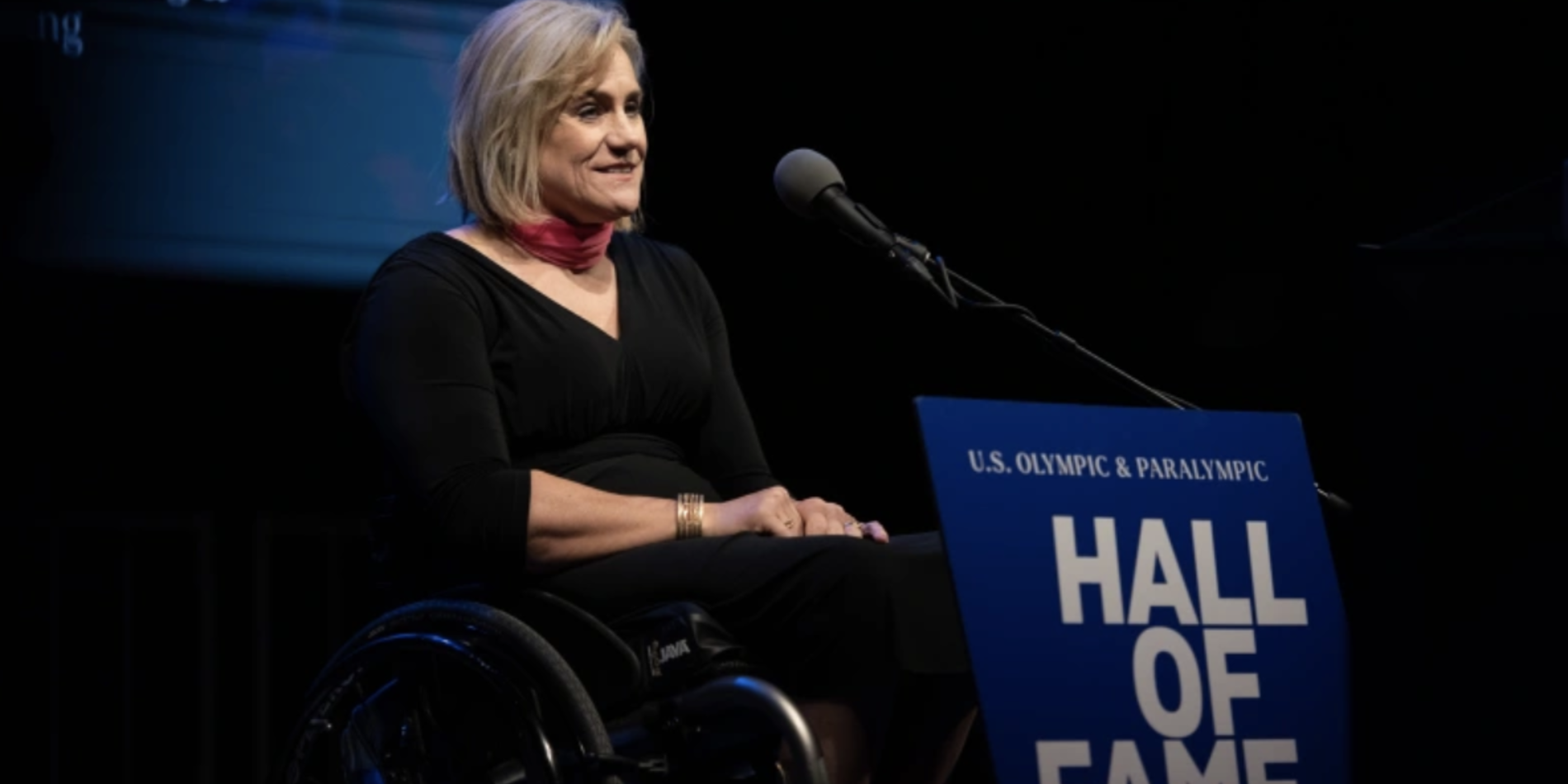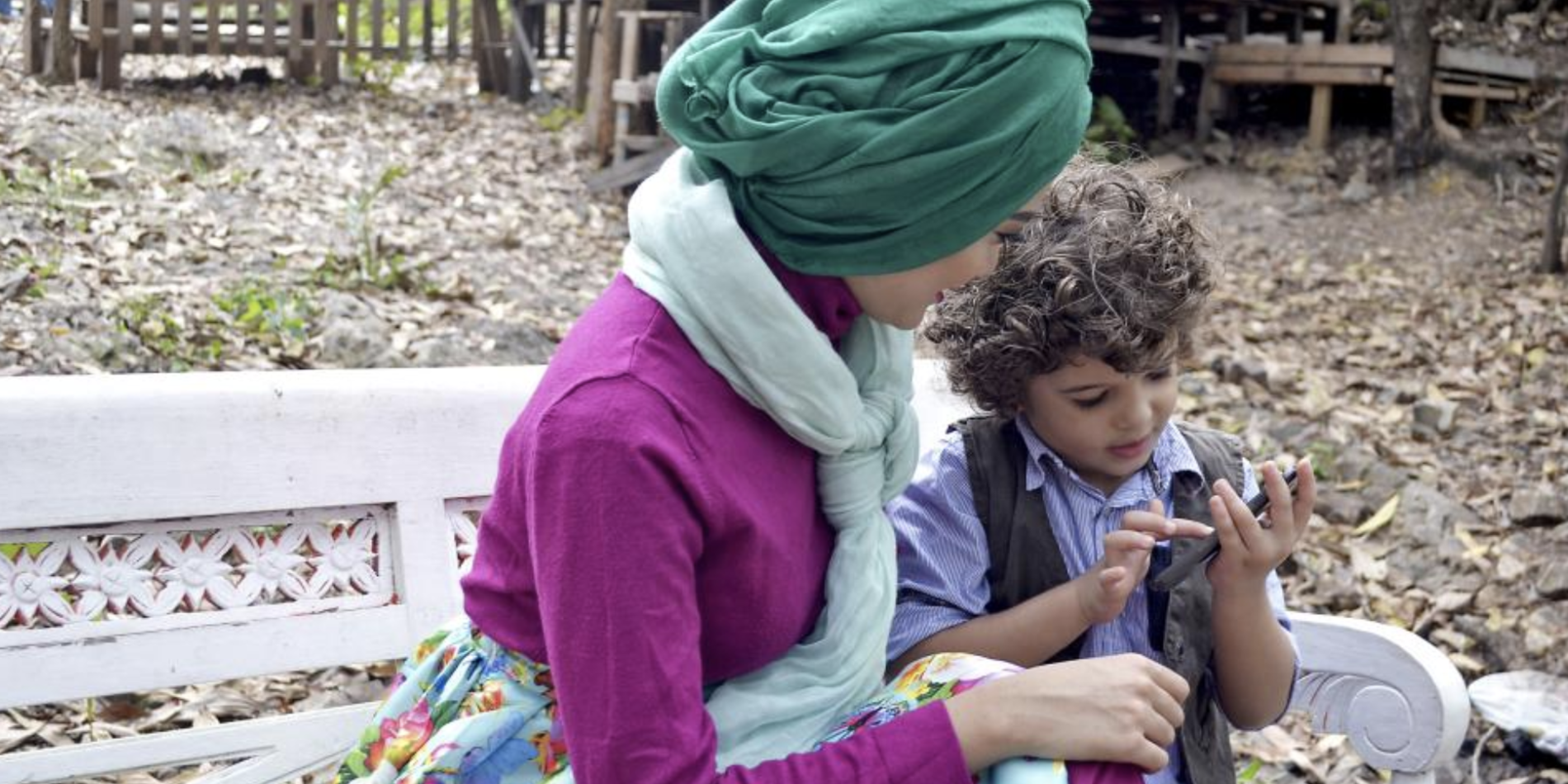Stanford program matches autistic job seekers with employers

Rebecca Edwards pulls on a pair of blue gloves and a blue lab coat before entering the biohazard lab room where she spends most of her workdays. It’s her job to care for bacteria that are used to make genetically modified viruses. Alone in this tiny room filled with lab equipment — a sub-zero freezer, a sink, an incubator, and rows of flasks and test tubes — she’s in charge.
“This is kind of my territory,” she said, smiling as she inspected tubes filled with a cloudy liquid. Each day, she has a routine that requires intense concentration — growing the bacteria, extracting its DNA strands, labeling each tube and keeping track of inventory on the computer.
“It’s just me and three other women working in the entire lab,” said Edwards, who was diagnosed with high-functioning autism when she was 8 years old. “I don’t work well with other people unless it’s small groups, and I’m good at detailed work, so this job is great.”
Edwards is among the first dozen or so individuals with autism to find employment through the Stanford Neurodiversity at Work program, a research project based on the philosophy that neurodiverse individuals, such as those with autism or ADHD, have brain differences that are normal, rather than deficits — and can be advantageous in the workplace.
The program, started by Lawrence Fung, MD, PhD, assistant professor of psychiatry and behavioral sciences, matches employers with autistic job seekers. Employers receive training on interviewing, hiring and working with autistic employees during the recruitment process and for 12 weeks after hiring. Job candidates, who must agree to participate in a study for 18 months, can sign up at no cost. They too receive training and support during the interview process and for 12 weeks after being hired.

